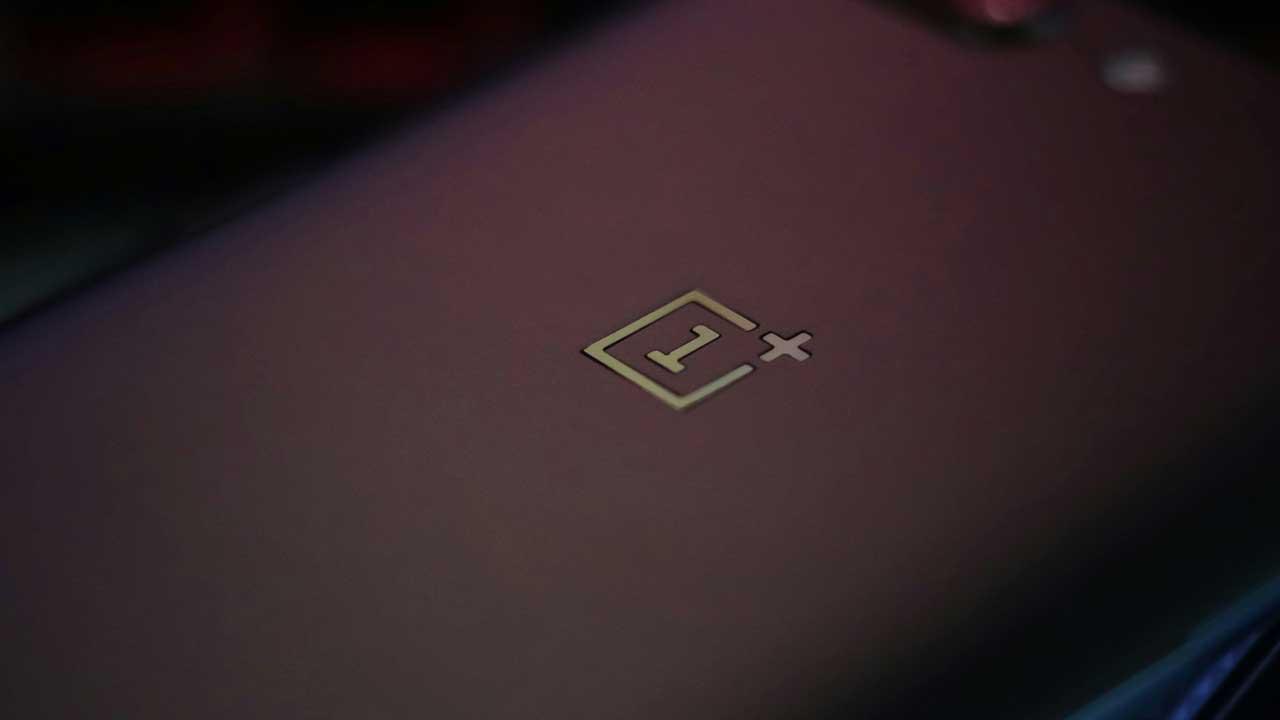A small non-profit organization called Aerospace Corporation has come up with a really interesting meteorite deflection system. Instead of trying to deflect them with a kinetic collider like the one on the DART mission, what they propose is to erode them by taking advantage of their own centrifugal force.
The idea sounds strange, but it might work. It all started when Nahum Melamed, the project leader behind the space company, visited the launch site SpinLaunch. As you may remember, Spinlaunch is a company testing a suborbital accelerator system to put payloads into orbit without the need for fuel. The system managed to hurl a payload for NASA in October 2022.
“How can I use this same system to deflect an asteroid,” Melamed asked during a talk at the SpinLaunch facility. The answer to that question is a kind of pocket version of the accelerator used to put payloads into orbit.
The idea is to send one of these machines to encounter a potentially dangerous asteroid. Upon reaching it, the machine sticks to its surface and begins to spew small amounts of regolith, dust, and rocks from the asteroid floor into space. Each of these scoops only holds a few kilograms of material, but the system is designed to run continuously on tiny amounts of electrical energy, so in the long run it could move enough material to alter the asteroid’s trajectory. “The recoil caused by launching material into space may cause a small turbulence,” Melamed explains to Gizmodo. “Over time, weeks or months, the force of this bounce should be able to deflect the asteroid’s path.”
When it comes to protecting the Earth from cosmic threats, it certainly wouldn’t hurt to have more options. “It’s great that you continue to think about new ways to deflect asteroids,” Seth Jacobson, assistant professor of planetary sciences at Michigan State University, told Gizmodo. “This approach is like turning regolith from an asteroid into some kind of rocket fuel and it’s very creative.”
The aerospace company’s goal is to test a prototype of its catapult on Earth within two years. If successful, the next step is to test it on the moon, and then design the system by which it can be sent to an asteroid. The initiative also has a commercial aspect, because asteroid material launched into space can be collected for commercial use in a different type of asteroid mining.
NASA has not detected potentially dangerous asteroids.Dangerous in the next 100 years, but that doesn’t mean it can’t be detected. AndIn February 2023, an asteroid the size of a house penetrated the atmosphere and exploded over the city of Chelyabinsk in Russia. The shock wave was so powerful that it shattered the windows of hundreds of homes and injured more than a thousand people. The Chelyabinsk meteorite was not very large (19 meters), but it is a great example of how even small meteorites can cause a lot of trouble. This is why meteorites like the one found in Chelyabinsk are precisely the target of the Aerospace Corporation..
Of course, the path of this idea is full of challenges, some of which are very complex. First of all, small but potentially dangerous meteorites such as those found in Chelyabinsk We are It is very difficult to detect them On time, and the device you propose Specifically require a space company It’s time to deflect the asteroid. Then there are the technical difficulties of landing on an asteroid. However, it never hurts to try new ideas.

“Proud web fanatic. Subtly charming twitter geek. Reader. Internet trailblazer. Music buff.”







More Stories
OxygenOS 14 has more bad stuff than you thought
HONOR Magic6 Pro shows its power and quality against the Samsung Galaxy S24 Ultra
NASA has captured images of the famous horse-shaped nebula in unprecedented detail